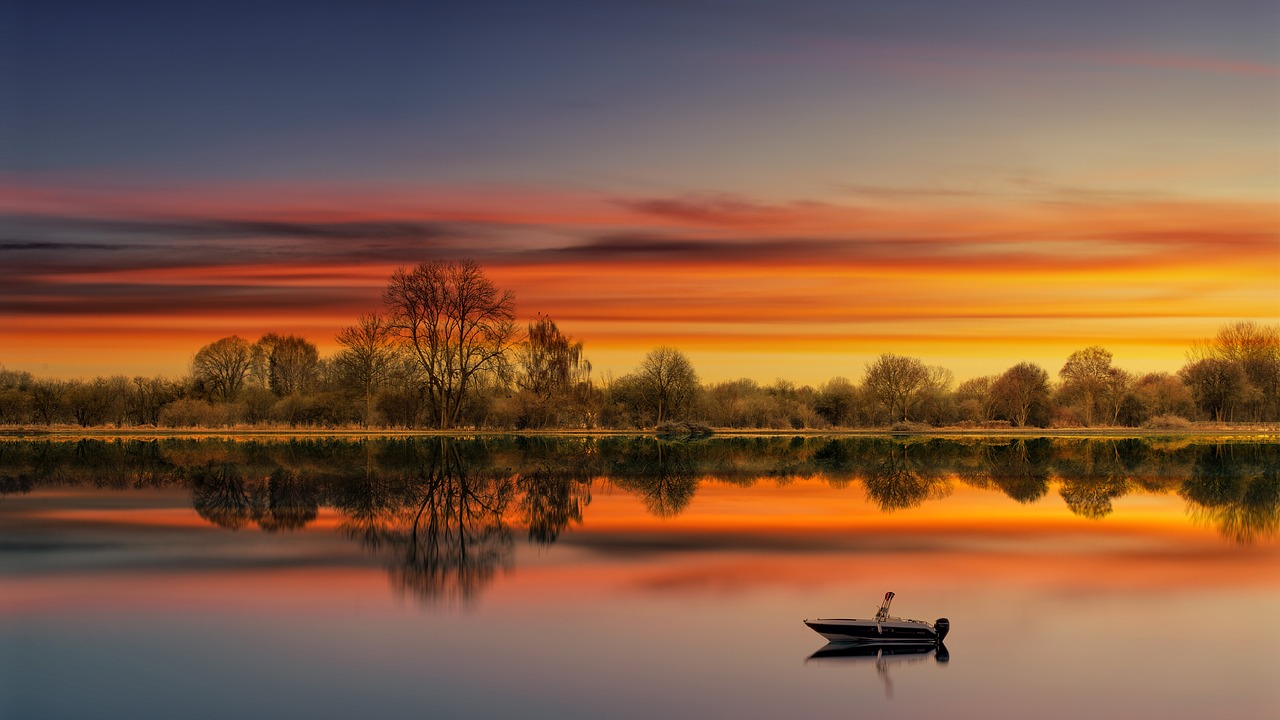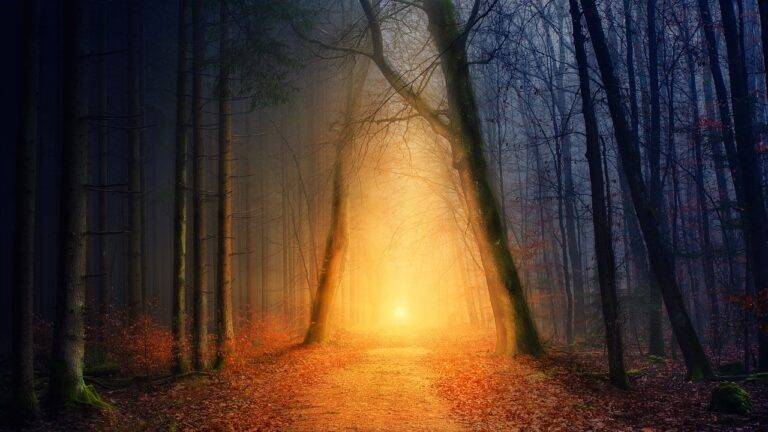Travel Photography: Tips for Capturing Landscapes
When selecting equipment for your photography needs, it is essential to consider the specific requirements for your projects. Whether you are focusing on portraits, landscapes, or macro photography, having the right tools will make a significant difference in the quality of your images. Research different camera bodies, lenses, and accessories that best suit your intended photography style and budget constraints.
Additionally, it is important to test out the equipment before making a purchase. Visit a local camera store or rental service to get a hands-on feel for different models and brands. By physically testing the equipment, you can assess its functionality, ergonomics, and compatibility with your shooting preferences. It is also advisable to read reviews and seek recommendations from fellow photographers to gain insight into the performance and reliability of the gear you are considering.
Understanding Lighting and Composition
When it comes to photography, mastering lighting and composition is essential for capturing compelling images. Proper lighting can make or break a shot, affecting the mood and overall quality of the photograph. Understanding how light interacts with your subject can help you create visually impactful photos.
Composition is another key element in photography that greatly influences the viewer’s perception of the image. By carefully framing your subject and paying attention to elements like leading lines, symmetry, and balance, you can create visually pleasing and engaging photographs. Experimenting with different compositions can help you develop your own unique style and create images that stand out.
Utilizing the Rule of Thirds
When composing your photographs, utilizing the rule of thirds can significantly enhance the overall visual appeal. This fundamental principle involves mentally dividing your frame into thirds both horizontally and vertically, creating nine equal parts. By placing key elements along these gridlines or at their intersections, you can create a more balanced and engaging composition.
To make the most of the rule of thirds, consider placing your main subject at one of the intersecting points rather than directly in the center of the frame. This technique helps draw the viewer’s eye into the image and adds a sense of dynamism. Additionally, utilizing the rule of thirds can also be beneficial when capturing landscapes or cityscapes, as it allows you to showcase the scenery in a more compelling and aesthetically pleasing way.





